While they both exist as a gateway to the mighty Himalayas, India and Nepal offer two utterly different trekking adventures. But how on earth will you choose where to go? Fear not, as we’ve compiled everything you need to know about trekking in India vs. Nepal so you can make the right decision.
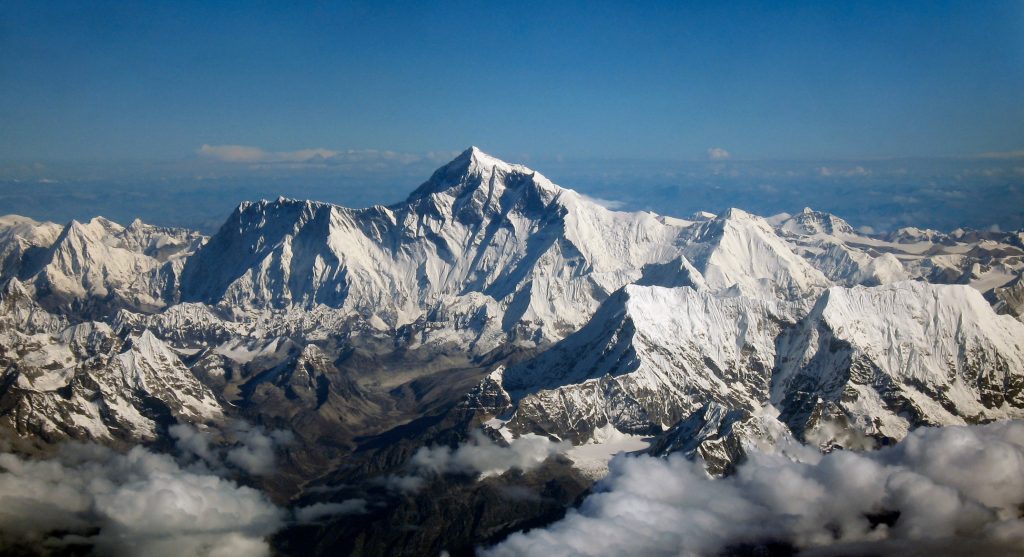
Why you need to visit India
Trekking through India isn’t always an easy pursuit, yet the trails have some of the best sights in the world. Coveted views, snow-clad peaks, traditional tribal villages, sacred sites, and ancient monasteries are all within your grasp. But it doesn’t mean that India is suited for all travellers. If you don’t mind the unexpected, or ready to travel with an open mind, then India is the place for you. Just be aware that some of the experiences can be more intense than those found in other destinations in Asia like Thailand, Vietnam or Cambodia. If you’re not ready to face a few challenges along the way, trekking in India may not be right for you.
When should I go trekking in India?
The Himalayas begin in Pakistan, weaving their way through India, Bhutan and Nepal, reaching China in the east. Within each specific area, the temperatures, and the best time to hike can be quite varied and diverse, and the climate varies according to elevation. In India, it’s understood by most trekking experts that May through June is the best time to embark on a trekking adventure, but there are still a few complicated weather patterns you should look out for. If you’re looking closely at the Uttaranchal Darjeeling, Himachal and Sikkim regions, avoid July to August as this is the heavy monsoon season. Also worth noting is that November through March are when a long, bleak winter falls – so it’s best to visit Nepal during this time.
Food in India
Before, during and after your trek, prepare for a culinary adventure filled with fragrant dishes, lentils galore and plenty of spice! With each region offering a unique twist on the country’s cuisine, it’s safe to say that no two mouthfuls will be the same. As for vegan and vegetarians, nearly 30% of Indians consider themselves vegetarian, which means there’s a wide range of options to suit most tastes. Before you reach India, be aware that food hygiene is not treated with the same level of care that you might be familiar with back home, and foodborne illnesses are common. Steer clear of meat products – especially when trekking – to prevent any upset stomachs or illnesses.
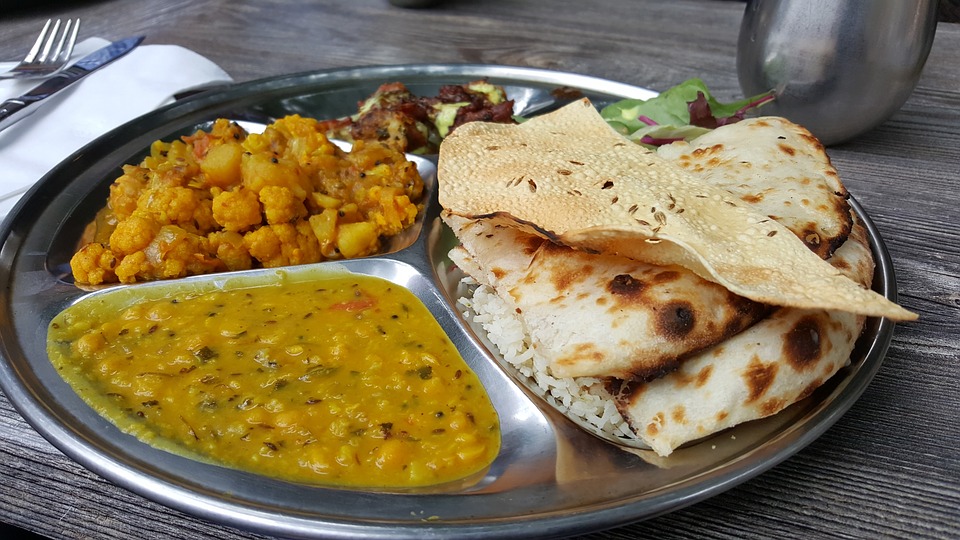
What permits, visas and vaccinations do I need for India?
Permits for India
When trekking in India, certain parts will require a permit to enter. Some treks like the Markha trek do not need a permit, whereas treks within Sikkim, certain parts of Himachal Pradesh, Ladakh and Uttarakhand will require a permit for entry. If you are booking with a tour operator, this will most likely be covered in your tour cost. Before you travel, make sure you check with tourism officials to see if permit requirements have undergone any changes before you embark on your trek.
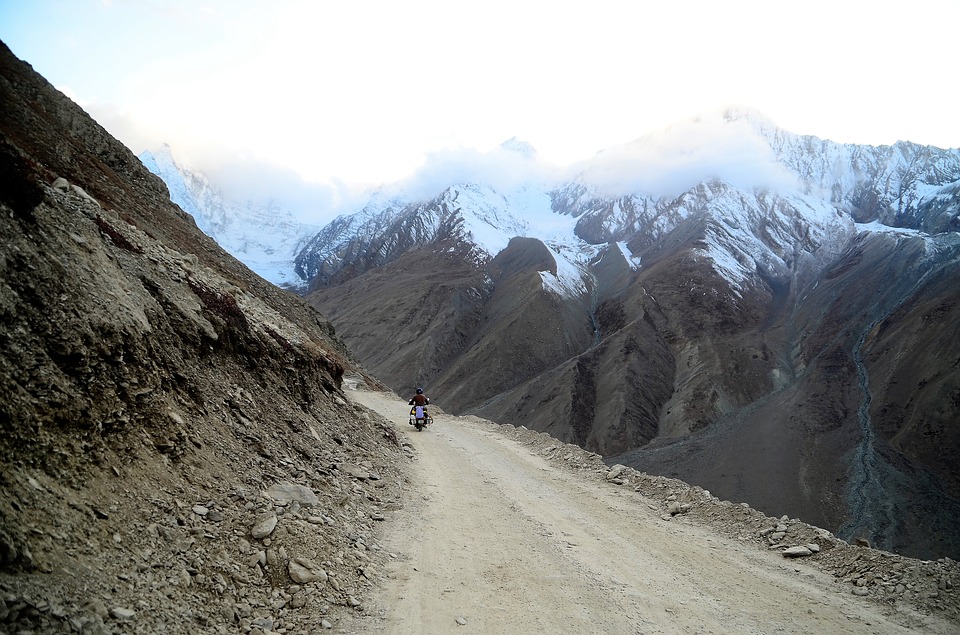
Visa entry requirements for India
Travellers to India should be prepared to enter the country with an onward ticket, and a visa, as almost all nationalities will need to apply for a visa before arrival. Check with your local embassy before you travel.
Vaccinations required for India
For India, you will be required to show proof of vaccination for yellow fever if you have visited a country in the yellow-fever zone within the six days before entering India. Other suggested vaccinations include hepatitis A, hepatitis B, polio, typhoid, meningitis, rabies, or tuberculosis. Check with a healthcare professional before you travel.
Most popular treks in India
Markha Valley trek
Average duration: 7-9 days
Difficulty: Moderate
Considered to be one of the most stunning and famous treks in the Ladakh Region of India, and the region is famed for its remote locations and raw beauty. As for the trek itself, the route travels along the Markha river and crosses several high passes, and trekkers will also encounter the mighty Stok Kangri in their sights.
Stok Kangri trek
Average duration: 9 days
Difficulty: Challenging
If you’re looking to tackle a less technical, high altitude summit in the Himalayas, Stok Kangri is an increasingly popular option – but that doesn’t mean it’s an easy journey. Existing as the highest climbable summit in India at an altitude of 6,153m, the climb is steep, and trekkers should be equipped with an understanding of how to use crampons and ice axes to ensure a safe summit.
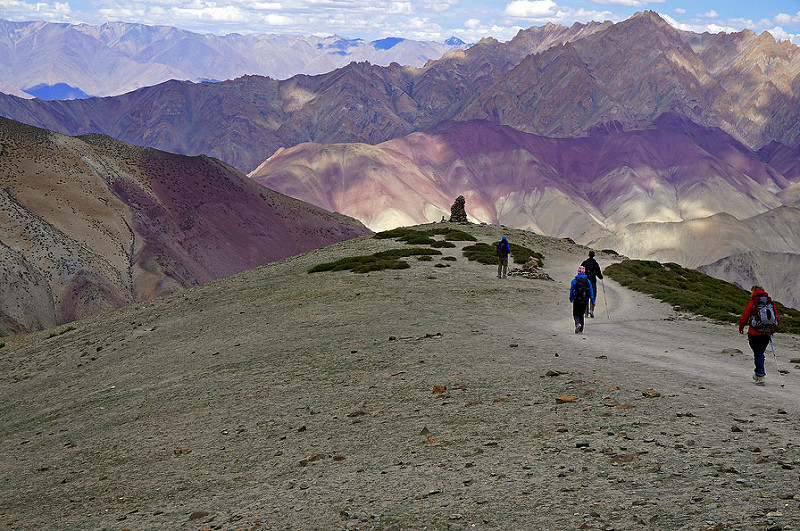
Goecha La Trek
Average duration: 10 days
Difficulty: Challenging
Located in Sikkim, in the heart of the Eastern Himalayas, the Goecha La trek is where you can get up close with some of the largest summits in the area. Along the way, trekkers will be treated to views of Kanchenjunga – the third highest mountain peak on the planet, the sparkling Goecha lake, and the vibrant rhododendron forests.
Kuari Tapovan trek
Average duration: 6 days
Difficulty: Easy
If you want to trek in the shadows of several 7,000m peaks, the Kuari Tapovan should be top of your list as the Kuari pass trek is amongst the best in the Garhwal mountains. Along the way, you’ll pass green meadows, remote villages and untouched scenery filled with plenty of wildflowers.
Nanda Devi trek
Average duration: 10 days
Difficulty: Challenging
Standing tall at 7,816m, Nanda Devi is the second highest mountain in India and is a must-see for trekkers looking for a tough, yet rewarding challenge. Located in the state of Uttarakhand, the route harbours plenty of flora and fauna sightings while passing plenty of glacial rivers, streams, and small towns along the way.
What to do in India after your trek
- Marvel at the Taj Mahal: Built in the 17th century, this marble mausoleum exists as one of the many architectural icons of India.
- Explore Goa: Unwind after your hike and relax in Goa at the beaches of Anjuna, Palolem and Patnem.
- Experience the Holi Festival: If you plan your hike carefully, you can make the most of your chance to throw colourful powder in the air to celebrate the arrival of spring at the Holi Festival.
- Float along the backwaters of Kerala: Make time to explore this famous area that holds significant value and cultural importance, and explore a few of the smaller trails in the area.
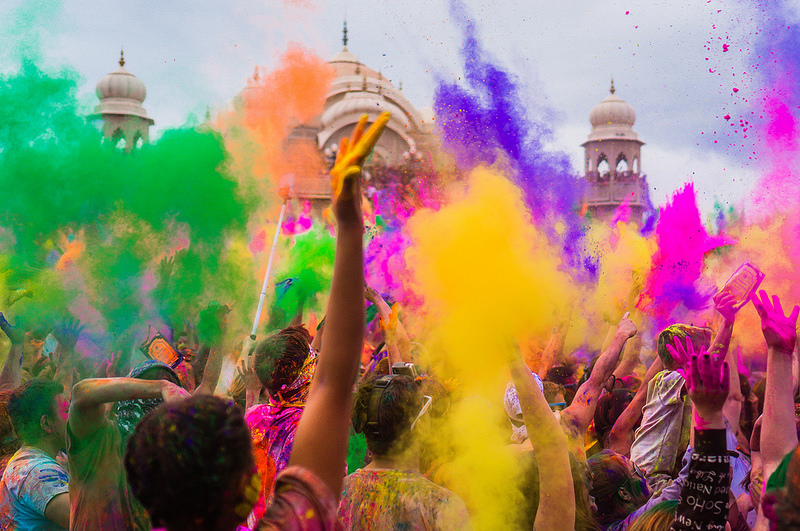
Nepal
Why you need to visit Nepal
The Nepalese Himalayas are perfect for hikers with a penchant for adventure and for trekkers yearning to reach new heights. After all, Nepal is home to some of the tallest peaks in the world. Soaring mountains, tiny villages and colourful traditions have given this region astounding beauty.
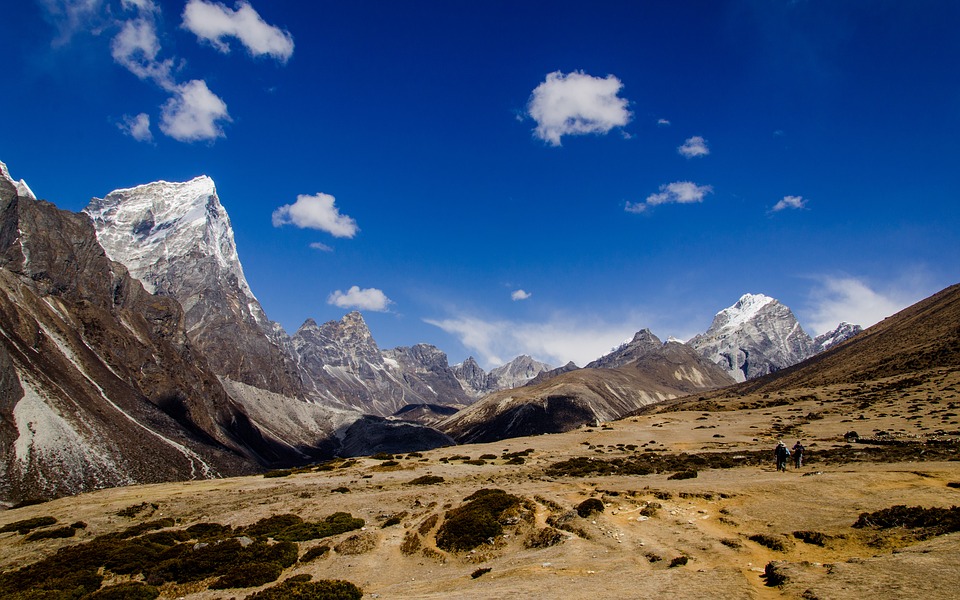
When should I go trekking in Nepal?
In Nepal, travellers should be aware of the best time to visit and embark on a trekking adventure. If you don’t plan your trip according to the seasons; you might miss out on the experience of a lifetime. Unlike the neighbouring Himalayas in India, the best time for a trek here is from September to November before the harsh winter sets in, and during February to May, as it will be dry and sunny. High season in Nepal is from October to November. However, some tours are likely to be booked out in advance, and accommodation is limited.
Read here the best time to visit Himalayas.
Local food in Nepal
Taking inspiration from neighbouring regions, the cuisine in Nepal is well and truly unlike anywhere else in the world and has carved its own culinary identity. The most common ingredients in dishes include lentils, cumin, tomatoes, coriander, garlic, mustard oil, potatoes, chillies, or peppers along with a dollop of yoghurt.
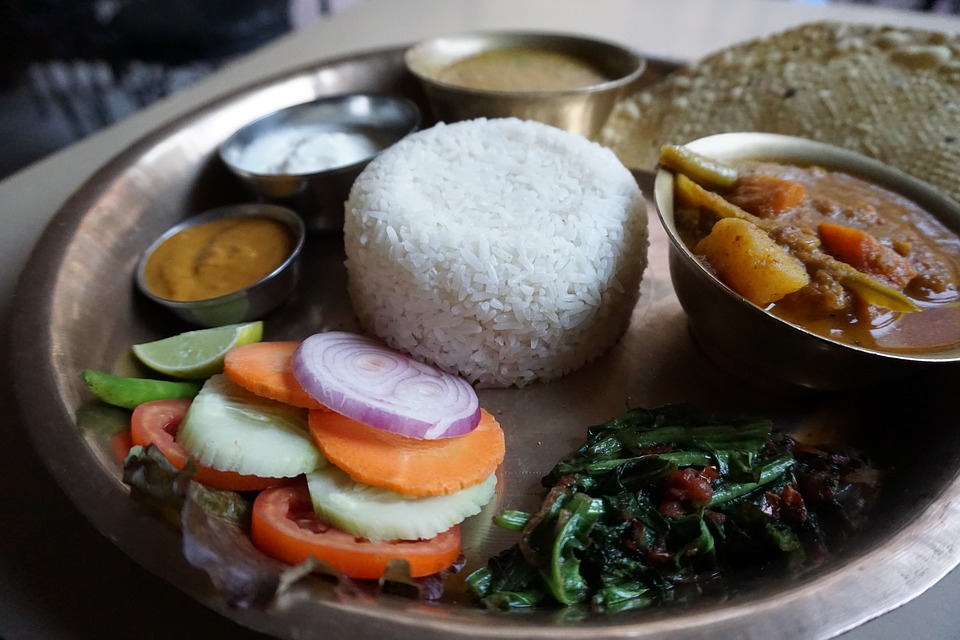
What permits, visas and vaccinations do I need for India?
Permits for Nepal
Some areas in Nepal will require a special permit, however, all trekkers will be required to obtain a TIMS card (Trekker’s Information Management System), and these are mandatory for your hike. A TIMS card can easily be obtained in Nepal through a registered travel agency.
Read here how to get to the Himalayas.
Visa entry requirements for Nepal
Travellers from Australia, New Zealand, the US, UK and Canada can purchase a tourist visa on arrival. You can either submit a form online or fill in your details on arrival, but before you travel, check the entry requirements to make sure you are up to date.
Vaccinations required for Nepal
The World Health Organisation recommends that travellers receive a yellow fever vaccination, hepatitis A and B, rabies and typhoid, but these are by no means a requirement for you to enter Nepal. Before you embark on your journey, make sure you consult a health professional before you depart to ensure you have the latest vaccinations and are in good health to travel.
Most popular treks in Nepal
Everest Base Camp (including Gokyo Lakes)
Average duration: 12-16 days
Average difficulty: Challenging
The Everest Base Camp trek is considered as the holy grail of all treks, especially by experienced hikers and trekkers looking for the next challenge. No matter what section of the route you cross, you’ll be met with glacial moraines, high-altitude landscapes, and plenty of spectacular photo opportunities.
Poon Hill
Average duration: 4-5 days
Average difficulty/success rate: Easy
It’s near impossible to talk about trekking in Nepal without mentioning the Ghorepani Poon Hill trek. This trail is famed as one of the best short treks in the world and Annapurna, and Dhaulagiri’s scenery will leave you speechless, the views are nothing short of striking.
Manaslu Circuit
Average duration: 13-17 days
Average difficulty: Challenging
If you’re seeking a remote adventure, the Manaslu Circuit should be on your list; especially if you’re looking for a route that is far less crowded than the classic Nepal treks. Aside from the highlight of the crossing of Larkya La 5,213m, one of the major drawcards of this route is that there is teahouse accommodation available along the way.
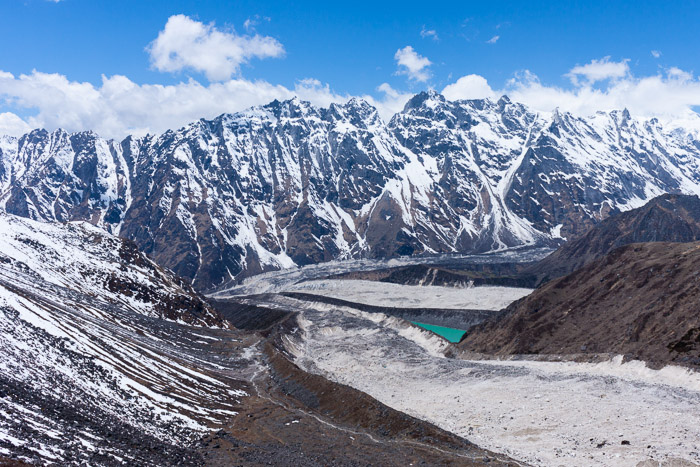
Langtang Valley
Average duration: 8-11 days
Average difficulty: Easy
If you’re new to the realm of high altitude treks, the Langtang Valley trek is ideal for beginner trekkers and is easily accessible from Kathmandu. The 2015 earthquake and landslide had a devastating effect on the region. However, it is now under reconstruction, and by selecting this route over the more popular routes, you will be supporting the local communities in restoring the area by providing much-needed income to rebuild sustainably and securely.
Annapurna Base Camp
Average duration: 7-10 days
Average difficulty: Moderate
Boasting phenomenal views of the Annapurna range and surrounding peaks, this particular circuit trek is one of the best in the world. Highlights include plenty of fauna and flora sightings along with the chance to visit typical Nepali villages and learn more about new cultures and traditions.
What to do in Nepal after your hike
- Spend time in Kathmandu: If you’re travelling all the way to Nepal, don’t overlook Kathmandu as a destination to spend time in. Its energetic collection of sounds, smells and action will introduce you to an intriguing side of Nepal. Some of the must-visit spots include Durbar Square, Pashupatinath Temple, Swayambhunath Stupa and the Boudhanath Stupa.
- Visit Bardia National Park: Nature lovers will enjoy the chance to venture unspoiled wilderness and experience a safari tour, track down crocodiles, rhinos, deer and the elusive Bengal Tiger.
- Sample momos: Served either steamed or fried, a momo is the Nepalese version of Asian dumplings and are stuffed with meat or vegetables.
- Explore Bandipur: This small village is not known to many visitors, and the well-preserved village gives the feel of stepping back in time, and there are plenty of short trails to spend your time exploring.
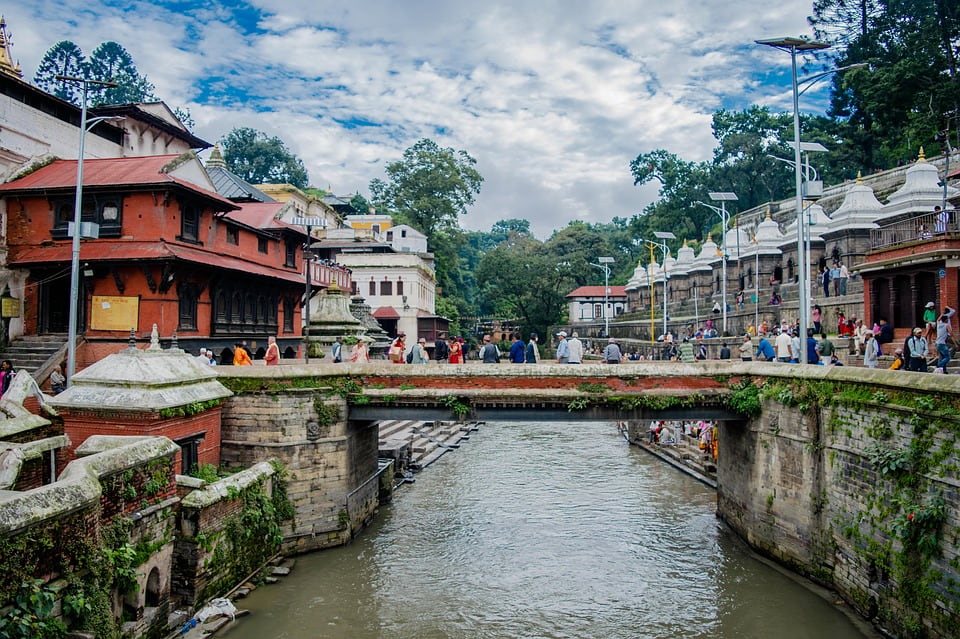
Trekking in India vs. Nepal
The Himalayas are one of the greatest mountain ranges in the world, coveted by hikers, trekkers and climbers all over the world. Renowned for summits that are not for the faint-hearted, breathtaking trails, culture and jaw-dropping beauty, sprawled across some of Asia’s most fascinating countries, it’s hard to choose one spot from where to explore them. No matter where you go, whether it’s India or Nepal, the trip of a lifetime awaits!
Did we help you make the right choice? Let us know in the comments or share your best trekking planning tips!


